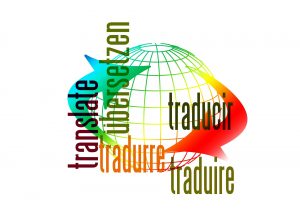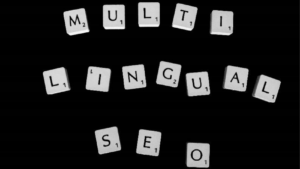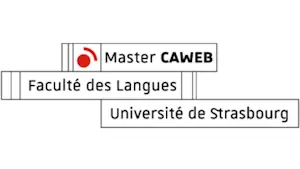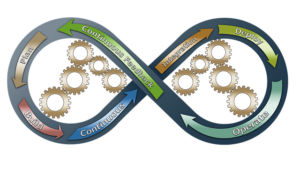The Hidden Benefits of Speech-to-text Technology for Translation
In today’s digital world, speech-to-text (STT or speech recognition) technology and translation software have more applications than ever before. Top companies like Microsoft, Google, and Amazon are always working on improving STT technology to make things a little easier when using these options.

What is Speech-to-text Technology?
Speech-to-text technology is software that takes the spoken word, and either translates it into text or reads the text back in either the same language or a different one.
Historically, speech technology found its roots in the days of the phonograph. It was improved upon in the 1950s with machine translation. Recently, these two have been knitted together creating what we use today.
How can translation benefit from Speech-to-Text technology?
With over 4,500 different languages spoken throughout the world, language barriers are still a substantial issue. Currently, translation software isn’t always accurate, but as the software develops and increases in accuracy, its use will quickly expand.
Increasing translation productivity and efficiency
Today’s global economy requires large amounts of content to be translated quicker than ever before. By utilizing speech-to-text technology, translators can boost their efficiency in the translation process. The time needed for the machine translation post-editing (MTPE) can also be significantly shortened to keep up with the requirements of large scale jobs. In response to this demand, the Hungarian CAT tool companies “memoQ” has launched their voice recognition product called “Hey memoQ”. This dictation app allows users to speak directly into their iOS mobile devices to create written text on a translation grid by sending speech to Apple for processing.
Translating subtitles and conversations in real time
Skype, the popular telecommunications application, launched Skype Translator to help their users break the language barriers by showing translated conversations instantly. Online video streaming services, like YouTube, use speech recognition technology to generate automatic captions for their contributors. Imagine what will happen if this function can be combined with instant translation technology? Not only can video producers drastically increase the scope of their audience reach with a much lower translation cost, but audiences around the world can also enjoy more videos in the original voice with translated subtitles in no time!
Empowering visually impaired translators
The speech-to-text technology can work together with other accessibility functions in the CAT tools (or TEnTs) to make work for visually impaired translators more productive and pleasurable. STT allows them to talk into the translation tools and have it translated into text, or have text adequately translated into speech.
Limitations With Speech-to-Text Technology
Although speech translation software has improved significantly and has already provided countless benefits, it is still a work in progress. Several different factors come into play when thinking about real-world performance.
Quiet environment
For many applications to accurately translate, surrounding environment needs to be quiet, and the speech needs to be very clear. This hinders translation in a real-life situation, as noise cannot always be whisked away to create a completely calm environment.
Language is complex
Accurate translation software may be one of the most significant breakthroughs.  Language translation already exists, but languages are very complex. Different dialects, accents, and cultural references all have to be taken into consideration. This can take time to implement, and it can be costly.
Language translation already exists, but languages are very complex. Different dialects, accents, and cultural references all have to be taken into consideration. This can take time to implement, and it can be costly.
Accuracy is key
Accuracy is an issue that still arises during the translation process. Similar to the hurdles to be overcome with language translation, different diction and dialects can be hard to understand. Computers learn what we tell them to, and this is still one area that can be improved to provide higher accuracy rates across the board.
Conclusion
Speech translation technology is continuously improving. This technology has many different applications, including speech-to-text, language translation, and real-time translation into text. As technologies advance, the applications will continue to rise.
Thank you for reading, we hope you found this article insightful. Come and learn more or join us to the TCloc Master’s Programme!
Written by Jane Yeung, TCLoc Master’s





